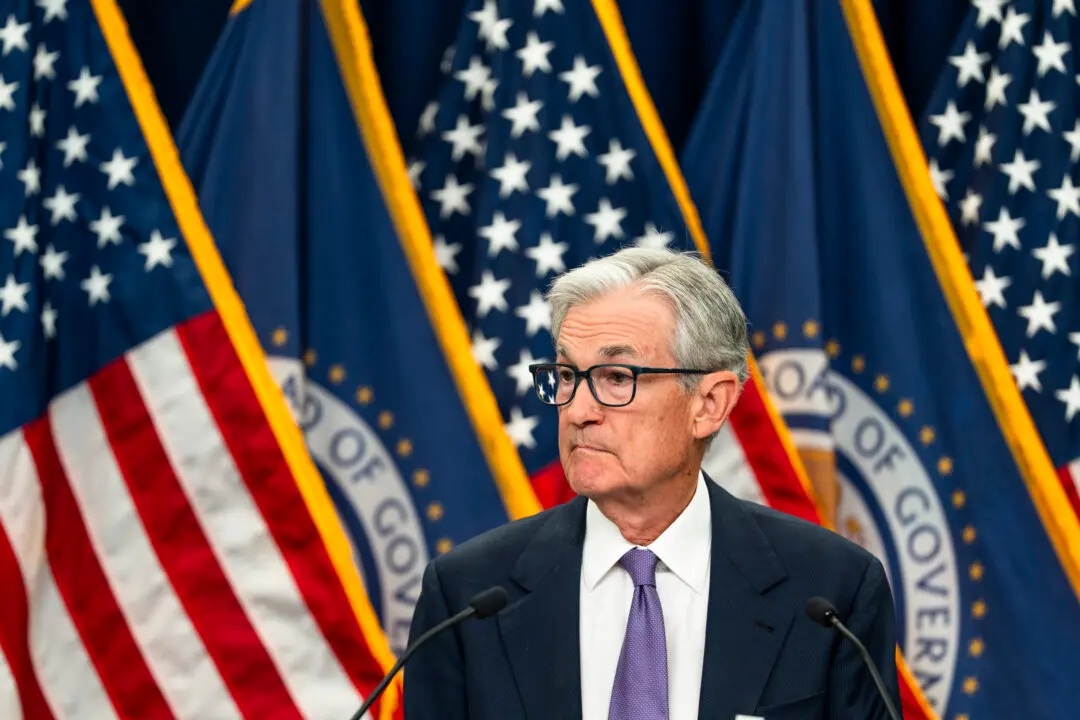The good news is that we survived September and the threat of a federal government shutdown. The bad news is that we started October with surging Treasury bond yields (reaching 4.887 percent on the 10-year bonds last Friday), so concerns of out-of-control government spending still persist. The federal debt ceiling was lifted, but only with a 45-day funding plan which will likely be renewed in mid-November, since most Congressional members like to go home for Thanksgiving! As for the Federal Reserve, inflation worries are receding, so the Fed does not have to raise key interest rates again, and, in my opinion, officials should start to cut key interest rates at the final 2023 meeting of the policy-setting Federal Open Market Committee (FOMC) on Dec. 12–13.

Traders work on the floor of the New York Stock exchange during morning trading in New York, on Oct. 18, 2022. Michael M. Santiago/Getty Images
Commentary
Louis Navellier is chairman and founder of Navellier & Associates in Reno, Nevada, which manages approximately $1 billion in assets. One of Wall Street’s renowned growth investors, Navellier writes five investment newsletters focused on growth investing. In addition to appearing on Bloomberg, Fox News, and CNBC giving his market outlook and analysis, he has been featured in Barron’s, Forbes, Fortune, Investor’s Business Daily, Money, Smart Money, and The Wall Street Journal.
Author’s Selected Articles




